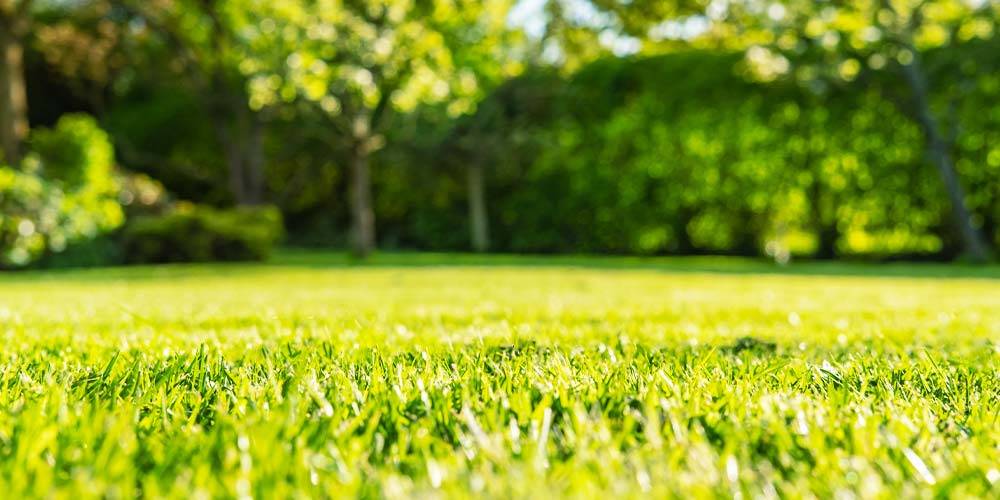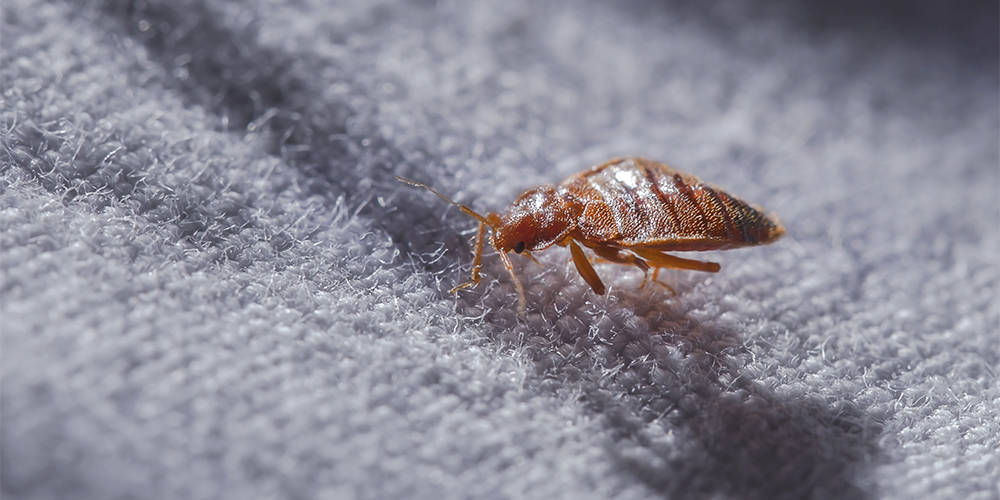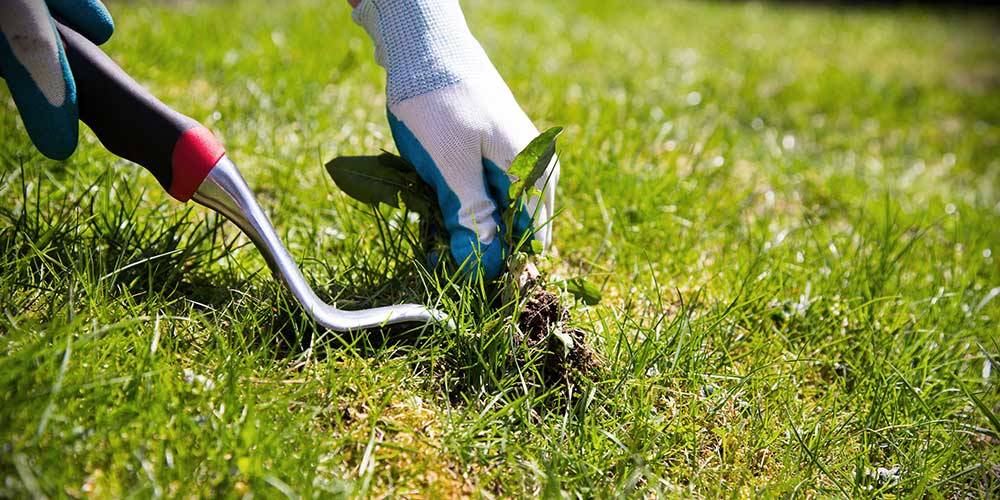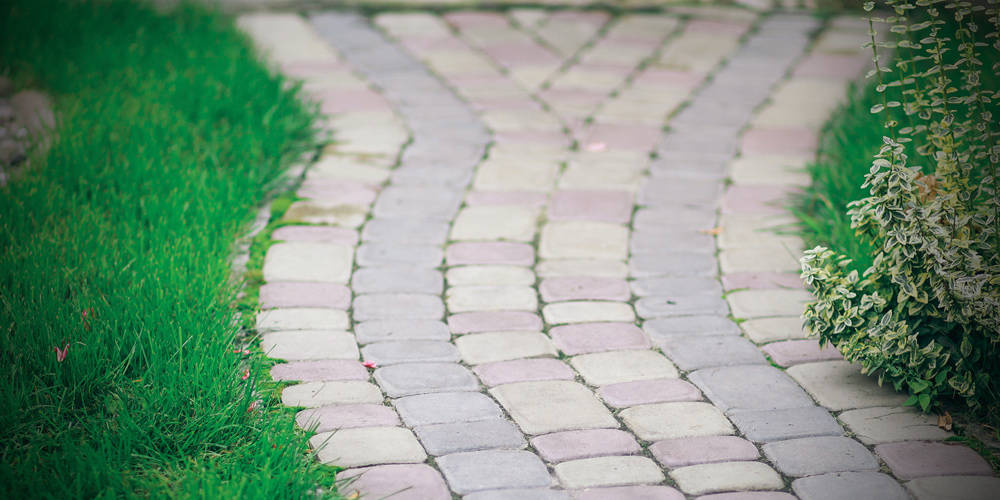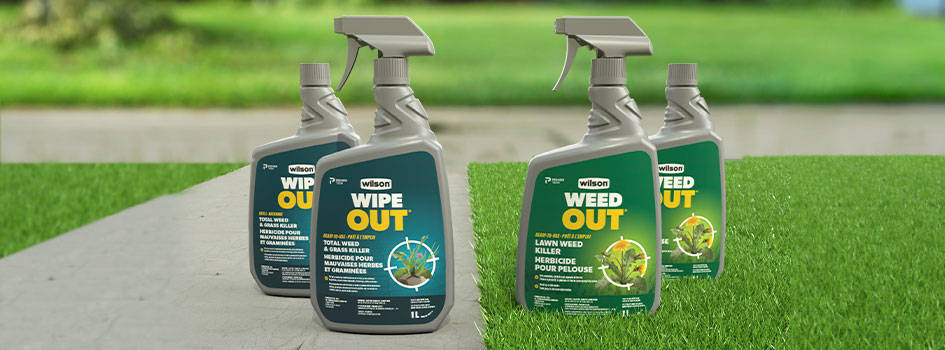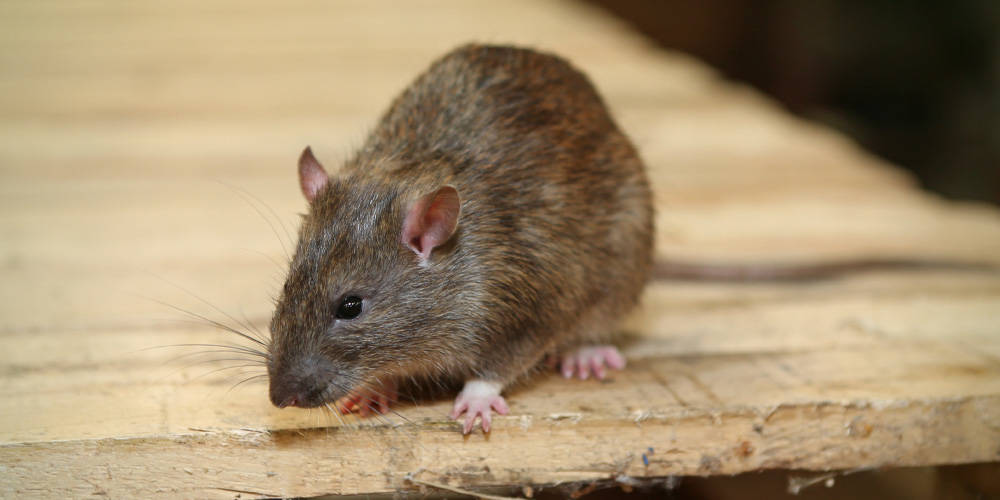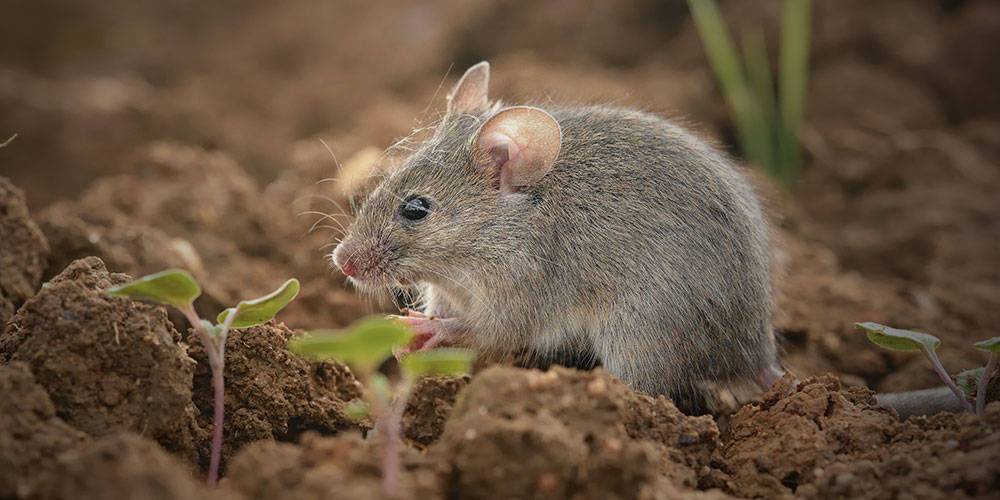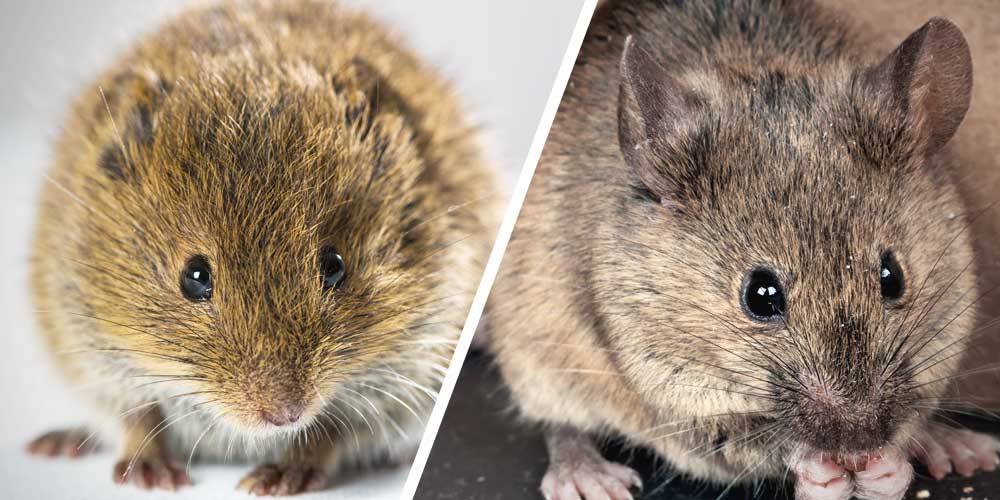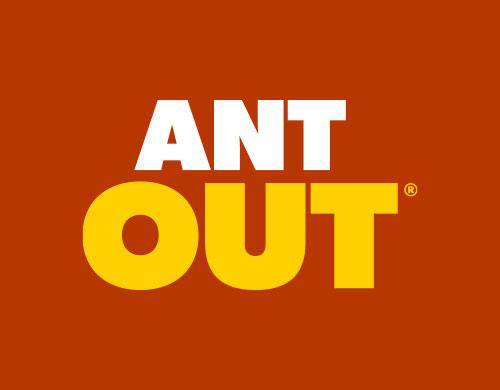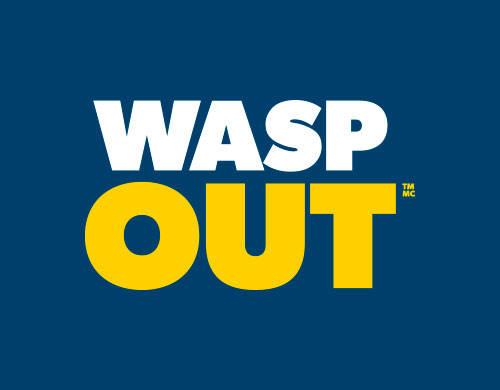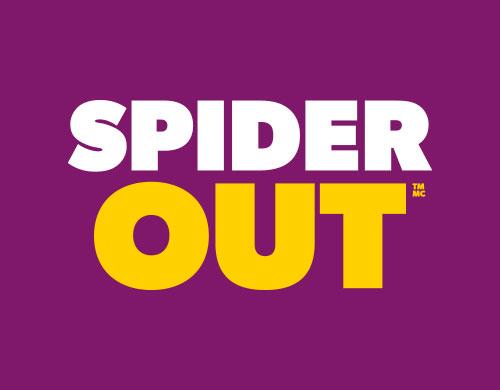Asian longhorned beetle: look out for this invasive species
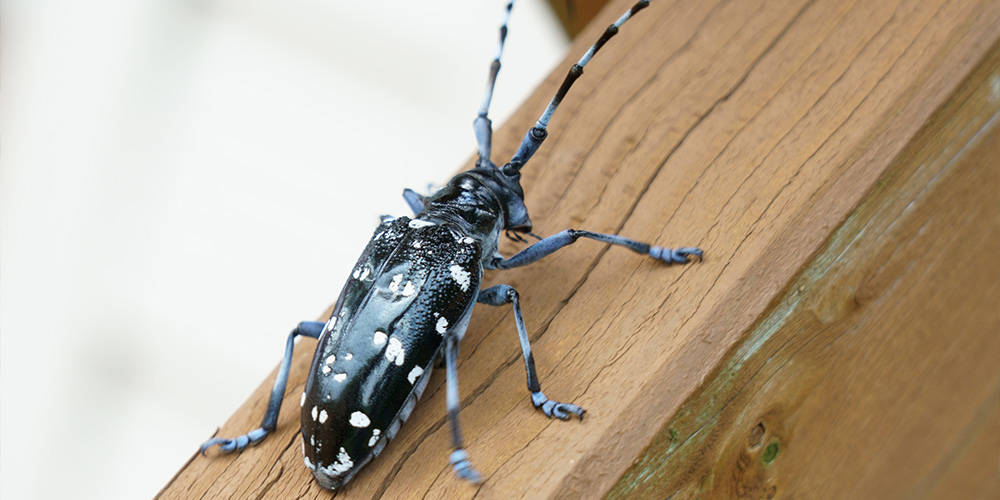
The Asian longhorned beetle (ALB) was accidentally introduced to North America in the 1990s through untreated wooden shipping pallets from Asia. It is an invasive forest pest with no natural enemies in North America.
The ALB attacks nearly all hardwood trees, but prefers maples the most, followed by birches, poplars, elms and willows. The adults lay their eggs in these hardwood trees, and their larvae then tunnel through the tree, stopping the flow of the sap and its nutrients, and eventually killing the tree.
This invasive species has the potential of ravaging our forests, as well as urban and suburban trees. Considering that maples are the ALB’s favourite host, the impact on the landscape, the timber and maple syrup industries and the fall colour tourist industry would be devastating.
Is the Asian longhorn beetle still in Canada?
In Canada, there have been only two sightings of the ALB, both in Ontario. So far, none have been detected in the rest of Canada. It is important to be on the lookout for this dangerous invader. There is no natural predator and no pesticide that is available for controlling this pest.
The ALB is controlled by establishing a quarantine area around the infected trees, and basically cutting down and destroying all susceptible trees within the area. One sighting was in 2003 north of Toronto, with over 26,000 trees cut down. The area was monitored for 5 years, and with no more sightings, the ALB was declared as eradicated.
The second detection was in 2013 near the Toronto airport. Once again, the protocol was to implement the destruction of susceptible trees in the quarantined area. There is an ongoing surveillance in that area to make sure that the ALB is eradicted.
In the North-East part of the US, over 250,000 trees have been cut to control the existence of ALB.
The CFIA has been coordinating with other countries to have regulations that require that all wood pallets and wood packaging coming from Asia must have certification of fumigation against invasive insects. This has been effective in reducing the spread, but it is not 100%. A small percentage of unfumigated wood packaging can still enter the country. Residents need to be on the lookout for any sightings in their area.
The Asian longhorned beetle description
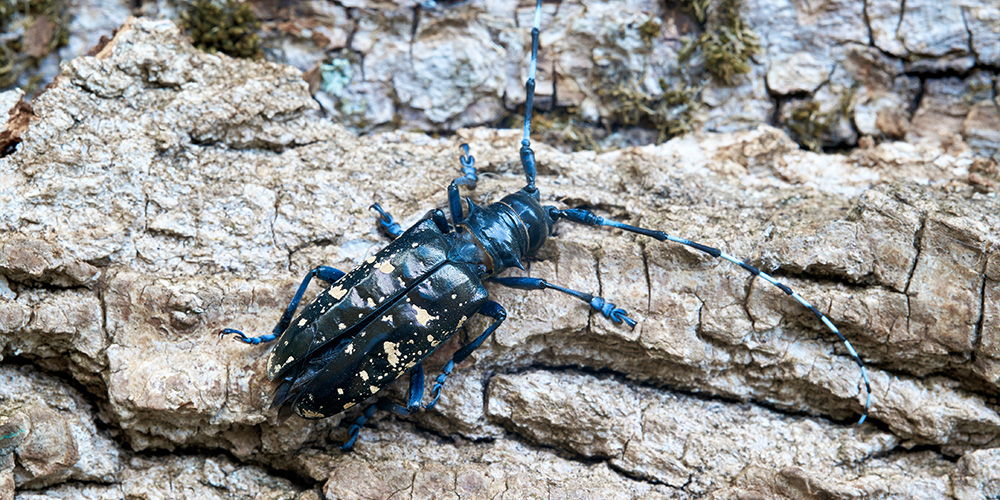
The adults are shiny and mostly black with white specs on their back. Their body length is between 25-35 mm (3/4 to 1 ¼”). The most distinctive feature is the enormous black and white banded antennae, being twice the size of their body length, hence the name “longhorn”.
To learn more, visit: Asian longhorned beetle – Anoplophora glabripennis - Canadian Food Inspection Agency
The Asian longhorned beetle life cycle
Like many insects, the ALB goes through 4 stages of growth: egg, larva, pupa and adult. The adult female can lay 50-150 eggs, depending on the season and food supply. She chews a small dime-sized cavity in the tree bark and lays one single egg in each cavity.
The eggs are the size of a grain of rice. Usually, the female ALB will lay her eggs on the upper portion of the tree, making them hard to spot. The egg hatches in 1-2 weeks and the new larva chews deeper into the tree and feeds just in the tissue under the bark.
Later, the larva drills deeper into the heartwood. As it gets closer to the pupate stage, the mature larva edges back into the sapwood area, in preparation of emerging as an adult. Within 2-3 weeks, the pupa emerges as an adult who chews its way out of the tree, leaving a 9-mm (3/8”) exit hole.
Once they have left the tree, the ALB adults begin feeding on the leaves and stems of the host tree for a few weeks before mating. Once a female is bred, she begins the egg laying process. She will live about 2 months, but the ALB’s life cycle can take 1-2 years. The thing about this pest is that it emerges from May to October, and because the ALB can overwinter in multiple life stages, adults emerge at different times. This results in their feeding, mating and laying eggs throughout the summer and fall.
Adult beetles are poor flyers but can fly for 300-400 metres or more to search for a host tree or mate. They usually remain on the host tree, resulting in continuous infestation by future generations. Not much is known about possible causes of mortality for the adult beetle, other than the cold weather of late fall.
The Asian longhorned beetle damage
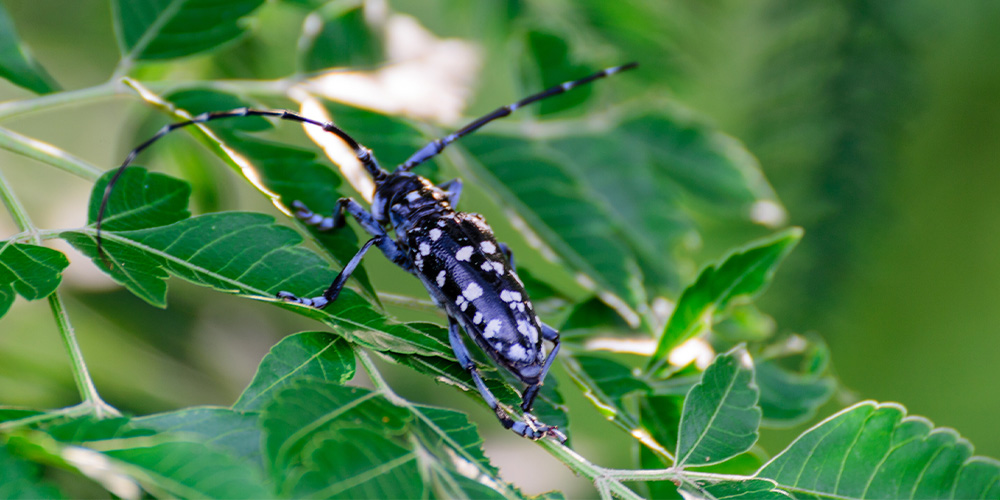
There will be yellowing of leaves, premature leaf drop and branch dieback. Larval feeding is the primary cause of tree damage, as their tunneling under the bark disrupts the sap flow. When a tree is infested, its limbs and trunk break under high winds or heavy snow, because the feeding tunnels weaken it.
Successive generations in the same tree will eventually kill it completely.
How does the Asian longhorned beetle affect the ecosystem?
The adults feed on the main and secondary veins of leaves and ignore the actual leaf tissue between the veins. This feeding pattern is different than most leaf-eating insects, and can maybe help in identifying the presence of the ALB.
On the tree bark itself, you will see the remnants of egg laying cavities, the exit holes in the bark and possible dripping sap around these scars that leave a sappy foam, as well as sawdust and excrements. Initially the damage is high up in the tree, so not as noticeable. Subsequent generations of Asian longhorned beetles remain most often in the same tree, working their way down towards the roots over time. It often takes 2-4 years before the damage can be noticed.
Up to now, any sightings that have been reported have been from residents, not professionals. If you think that you may have spotted the ALB in your vicinity, please contact the CFIA at 1-800-442-2342.
NOTE: There are many types of longhorned beetles that are not as serious a pest as the ALB. In Eastern Canada, you can find the brown spruce longhorned beetle, which has a dietary habit quite different from the Asian longhorned beetle’s. The invasive ALB kills healthy hardwood trees, while the brown spruce longhorned beetle prefers dead or dying spruce trees.
There is also the black longhorned beetle that similarly attacks dead or dying pine trees. In their native habitat, these two softwood beetles are recognized primarily as secondary insects of forests, attacking trees already subject to damage by other stresses.
